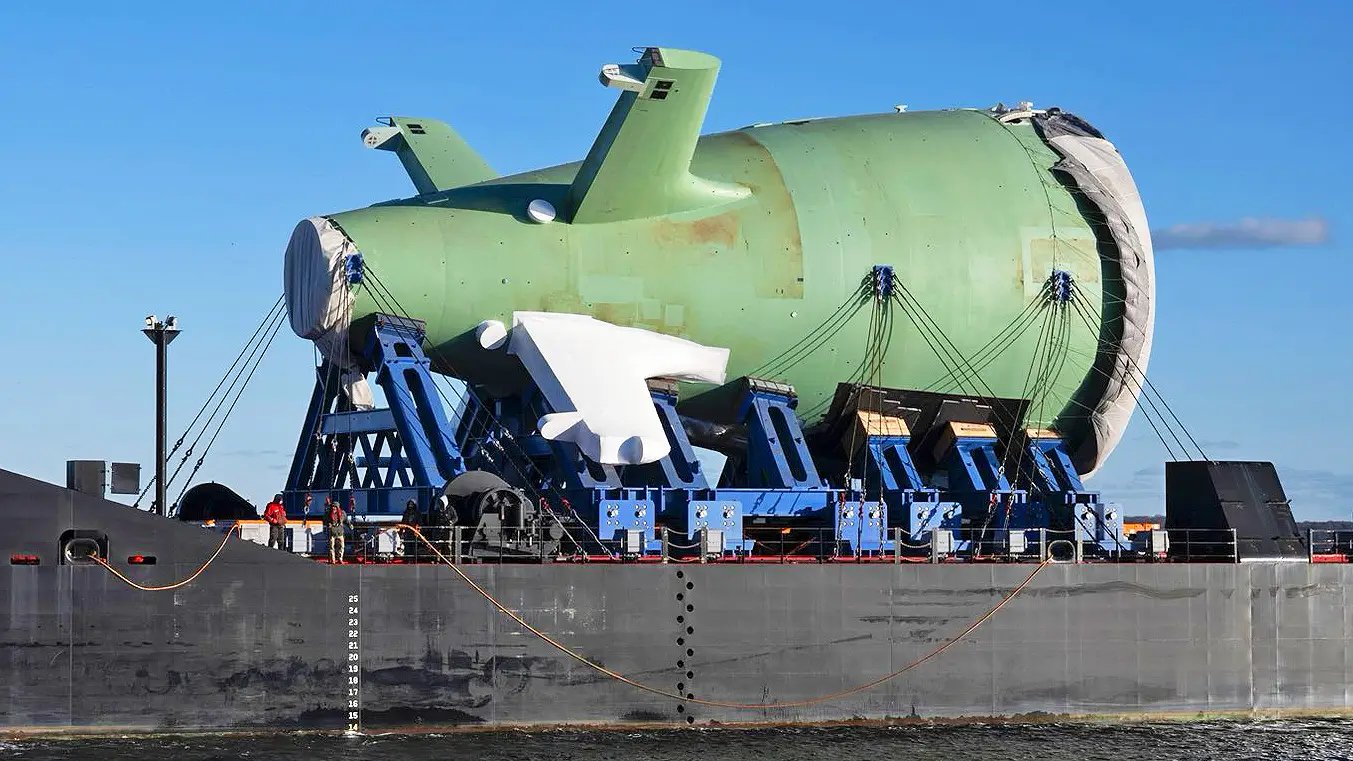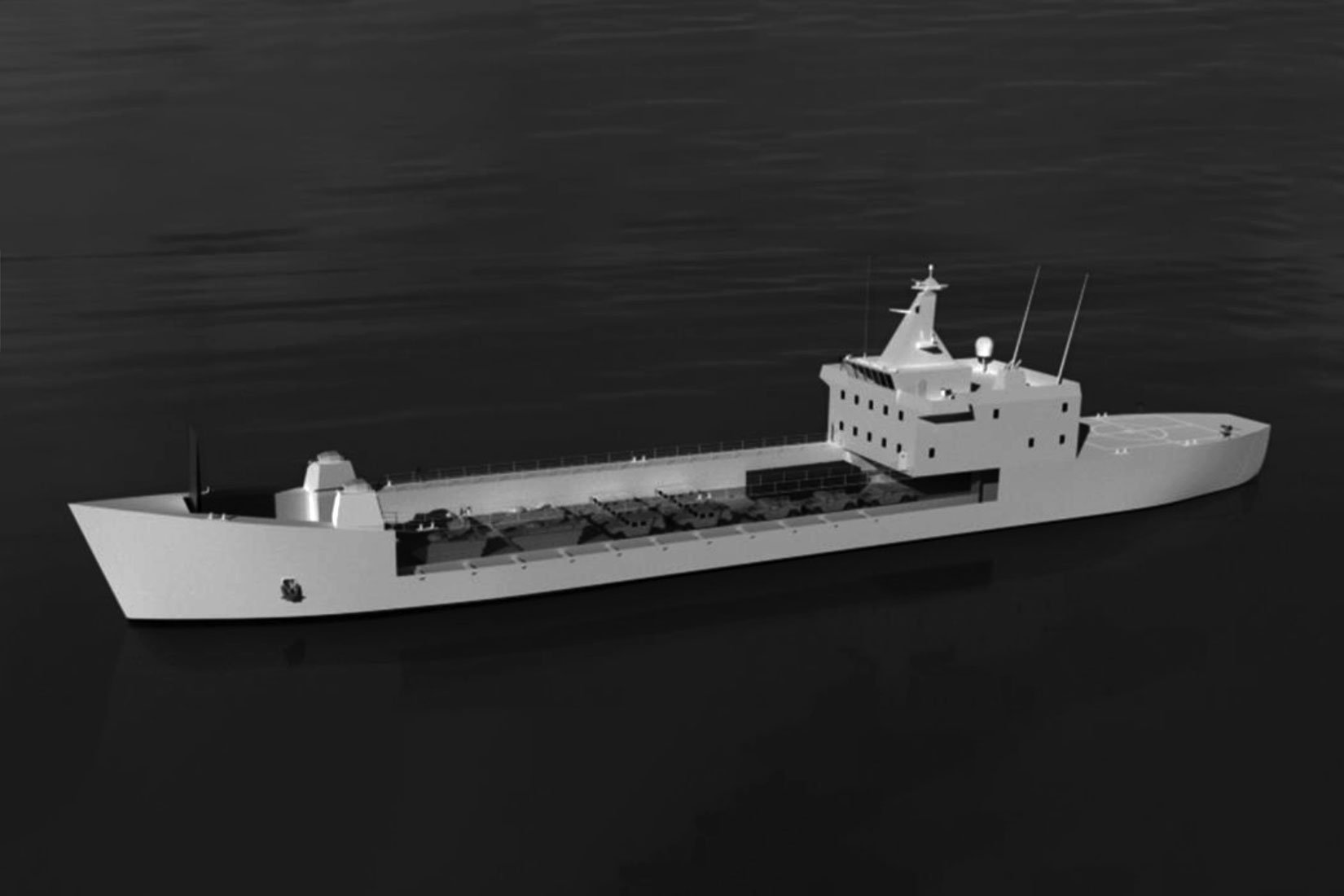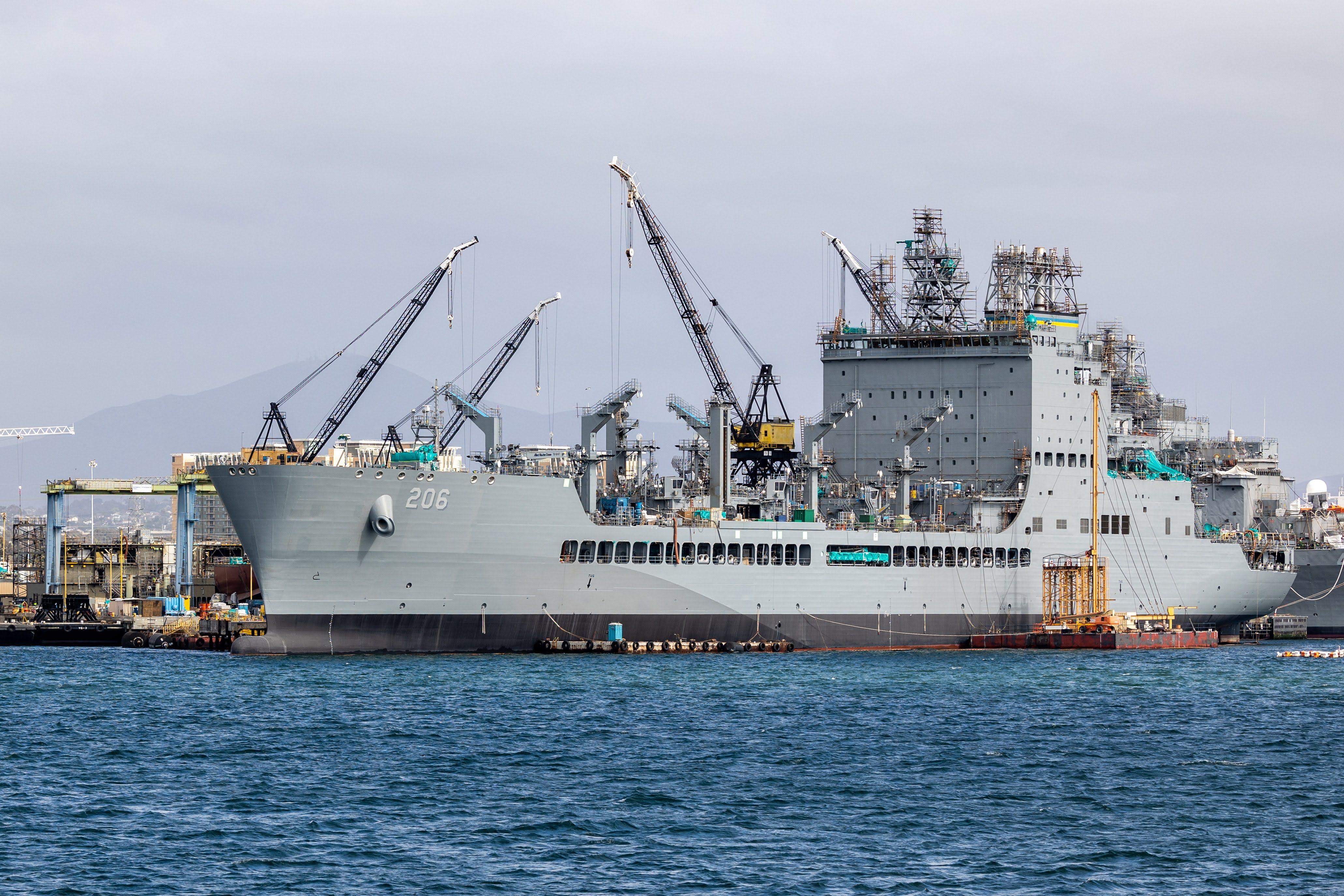The following is an unclassified Feb. 23, 2016 letter from Director of National Intelligence James Clapper to Sen. John McCain answering questions on Chinese reclamation and militarization of its disputed holdings in the South China Sea.
The Honorable John McCain
Chairman
Senate Committee on Armed Services
Washington, DC 20510-6050
Feb. 23, 2016
Dear Chairman McCain:
Thank you for your letter of 29 January 2016 in which you articulated concerns about China’s reclamation activity in the South China Sea and the impact this will have on China’s ability to deploy military capabilities across the area. Unclassified answers to the specific questions contained in your correspondence follow:
Would you assess China has militarized its reclaimed features in the Spratly Islands?
We judge that China has the capability to provide basic self-defense at its Spratly Islands outposts. China has also installed surveillance systems to improve situational awareness and is building airfields and ports that can support military operations. Based on the extent of land reclamation and construction activity, we assess that China has established the necessary infrastructure to project military capabilities in the South China Sea beyond that which is required for point defense of its outposts. These capabilities could include the deployment of modern fighter aircraft, surface-to-air missiles (SAMS), and coastal defense cruise missiles, as well as increased presence of People’s Liberation Army Navy (PLAN) surface combatants and China Coast Guard (CCG) large patrol ships.
Has the United States observed the deployment of People ’s Liberation Army Navy vessels to the ports China has constructed in the Spratly Islands?
PLAN surface combatants have pulled into the three largest outposts: Fiery Cross, Mischief, and Subi Reefs. One PLAN frigate was berthed at Fiery Cross Reef in early December 2015, one PLAN guided-missile frigate was anchored at Subi Reef in late December 2015, and a guided-missile destroyer was anchored at Mischief Reef in early January 2016. In addition to surface combatants, PLAN tank landing ships have been employed widely at the outposts to support the construction efforts. While PLAN and CCG ships have not been permanently based at the Spratly Islands ports, which are still under construction, these facilities will probably have fuel storage and other provisioning facilities once completed.
Has the United States observed People ’s Liberation Army Air Force activity on or near China’s Spratly Islands reclamation?
There has been no People’s Liberation Army Air Force or Naval Air Force aircraft activity on or near the Spratly Islands outpost expansion effort. Several Chinese civil aircraft landed on Fiery Cross Reef in early January 2016. Based on this, we judge that the airfield on Fiery Cross reef is operational and can accommodate all Chinese military aircraft.
Has the United States observed the construction of infrastructure or deployment of capabilities that would enable military-grade early warning, target acquisition, and/or target track radars?
China has installed military radars, most likely air-surveillance/early warning radars, at Cuarteron and Fiery Cross Reefs and a beacon for aircraft direction at Fiery Cross. Additionally, China is employing a combination of solar, wind, and stable base-load generators to power the outposts.
Has the United States observed the construction of infrastructure or deployment of capabilities by China that would enable the deployment of surface-to-air missile systems?
None of the infrastructure developed to date is consistent with the deployment of SAM systems to any of China’s Spratly Islands outposts. However, China’s mobile SAMS are field-deployable and do not require fixed, prepared sites.
Has the United States observed China conducting land reclamation activities in the South China Sea on or after August 5, 2015?
Yes, China continued its land reclamation efforts at Subi and Mischief Reefs after 5 August 2015, based on commercial imagery. Between that date and late October, when reclamation activity ended, China reclaimed more than 100 additional acres of land.
Has the United States observed that China has militarized reclaimed features in the Spratly Islands on or after September 25, 2015?
Although we have not detected the deployment of significant military capabilities at its Spratly Islands outposts, China has constructed facilities to support the deployment of high-end military capabilities, including modern fighter aircraft.
Do you assess China will pursue further reclamation in the South China Sea or East China Sea?
While we have no evidence that China has plans for any significant additional land reclamation at its Spratly Islands claims, there is sufficient reef area at Fiery Cross, Mischief, and Subi Reefs to reclaim more than 1,000 additional acres. We further assess that the underwater features at the four smaller reefs would support additional land reclamation. We do not assess that China will conduct reclamation efforts in the East China Sea.
Do you assess China will seek to militarize its reclaimed features in the Spratly Islands in the 2016-2018 time period?
We assess that China will continue to pursue construction and infrastructure development at its expanded outposts in the South China Sea. Based on the pace and scope of construction at these outposts, China will be able to deploy a range of offensive and defensive military capabilities and support increased PLAN and CCG presence beginning in 2016. Once these facilities are completed by the end of 2016 or early 2017, China will have significant capacity to quickly project substantial offensive military power to the region. China’s continued construction activity and press reporting indicate that Beijing may view the establishment of “defensive” capabilities similar to what some other claimants have installed as consistent with not “militarizing” the dispute. The Intelligence Community continues to monitor these and other critical developments in the region using our full array of collection capabilities to produce analysis with explanatory and predictive power to inform decision makers ahead of emerging trends. Please contact me with any additional questions you might have.
Sincerely,
[SIGNED]
James R. Clapper





